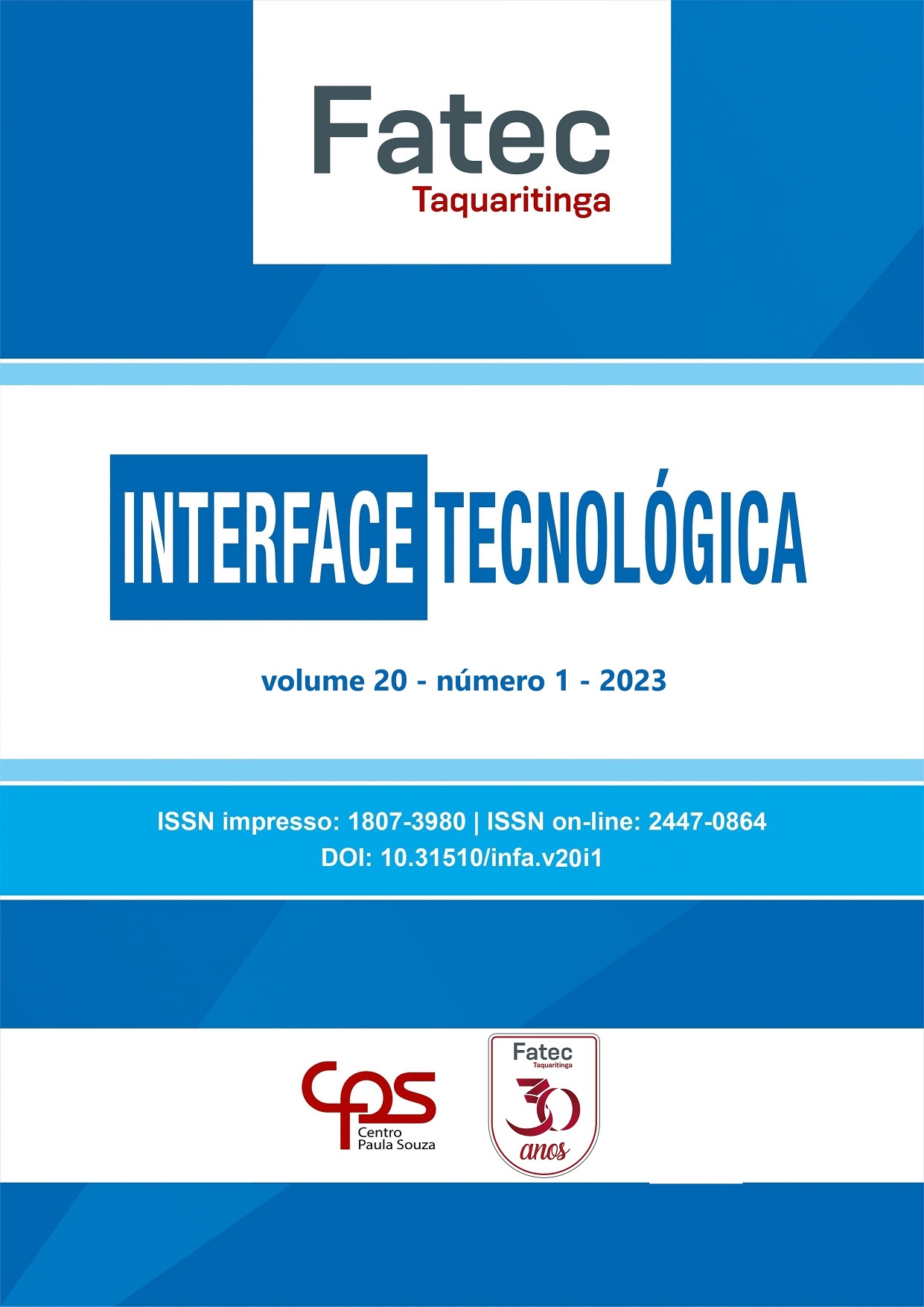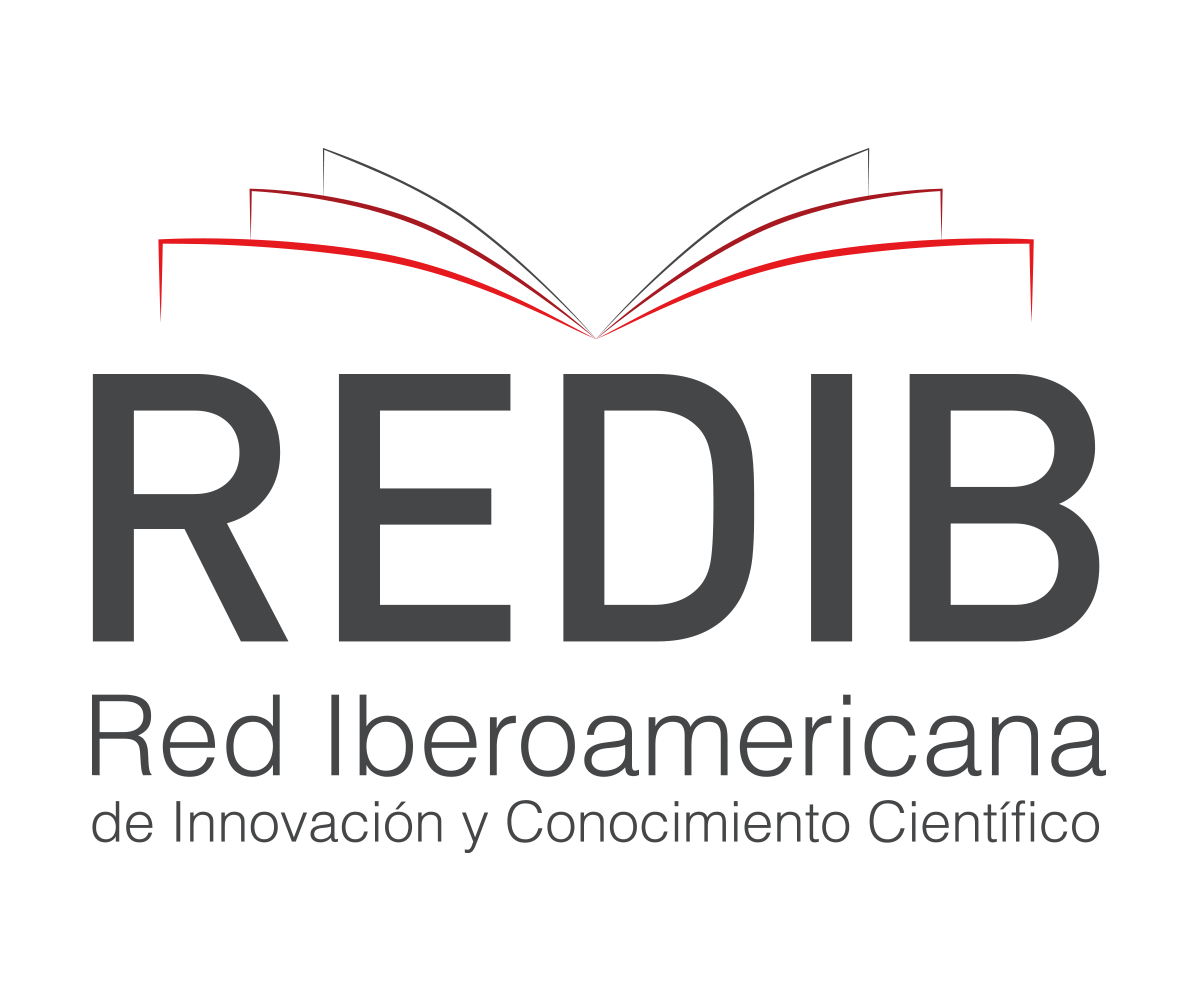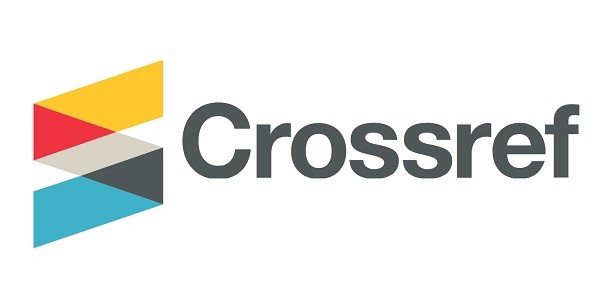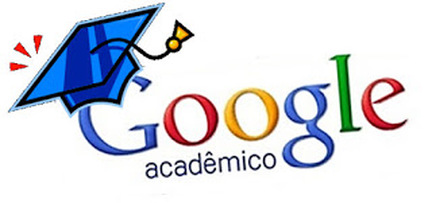USE OF INSECTS AS AN ALTERNATIVE FOR HUMAN FOOD
DOI:
https://doi.org/10.31510/infa.v20i1.1571Keywords:
Entomophagy, Protein, Nutritional, Edible, EcologicalAbstract
By definition, entomophagy is the act of eating insects. This practice by human beings is a reality in several countries; nevertheless, national governments have failed to promote insect-eating. The use of insects as part of a food source has become increasingly common as it provides three important benefits to society, such as nutritional properties, environmental factors and socioeconomic advantages. Edible insects are a major protein source, which, in many cases, contain a higher level of that substance when compared to other animals and/or vegetables, normally used in human diet. Based on this idea, this work aims, through qualitative bibliographical research, to discuss the use of insects in human eating habits, as well as its advantages, forms of use, conservation and preparation.
Downloads
Metrics
References
ARAÚJO FILHO, A. L. Entomofagia: estudos de aceitação de insetos comestíveis e composição centesimal de formiga comestível da Serra da Ibiapaba. 2018. 21 f. Monografia (Graduação em Gastronomia) - Universidade Federal do Ceará, Fortaleza, 2018.
BISCONSIN-JÚNIOR, A., LORENA, A. J., MARIA NETTO, F., MARIUTTI, L. R. B. Composição de insetos comestíveis. Universidade Estadual de Campinas, Faculdade de Engenharia de Alimentos, Campinas, SP, Brasil. Instituto Federal de Educação, Ciência e Tecnologia de Rondônia, Ariquemes, RO, Brasil. (2018)
Brasil. (2013). Porque você deve começar a comer insetos. Disponível em: https://super.abril.com.br/saude/por-que-voce-deve-comecar-a-comer-insetos/. Acesso em: 02 jan. 2023.
Brasil. (2020). Insetos Comestíveis. Disponível em: https://revistapesquisa.fapesp.br/2020/04/07/insetos-comestiveis/. Acesso em: 02 jan. 2023.
BOCCATO, V. R. C. Metodologia da pesquisa bibliográfica na área odontológica e o artigo científico como forma de comunicação. Rev. Odontol. Univ. Cidade São Paulo, São Paulo, v. 18, n. 3, p. 265-274, 2006.
BUENO, E. T., CARVALHO, B. A. P., SOUZA, M. M. Marimbondos (Hymenoptera, Vespidae) como fonte de alimentação humana no Brasil: Uma revisão de literatura. Ethnoscientia-Brazilian Journal of Ethnobiology and Ethnoecology, v. 5, n. 1, 2020. DOI: https://doi.org/10.18542/ethnoscientia.v5i1.10302
DENZIN, N.K.; LINCOLN, Y.S. Handbook of qualitative research. Thousand Oaks: Sage, 2005.
FASOLIN, L. H., PEREIRA, R. N., PINHEIRO, A. C., MARTINS, J. T., ANDRADE, C. C. P., RAMOS, O. L., & VICENTE, A. A. (2019). Emergent food proteins – Towards sustainability, health and innovation. Food Research International, 125. DOI: https://doi.org/10.1016/j.foodres.2019.108586
Food and Agriculture Organization of the United Nations – FAO. (2013). Edible insects: Future prospects for food and feed security. Rome: FAO.
GABRY, A. F. et al. Insetos comestíveis-uma alternativa sustentável à segurança alimentar: um levantamento bibliográfico sobre os prós e contras da entomofagia. Alimentos: Ciência, Tecnologia e Meio Ambiente, v. 1, n. 12, p. 111-122, 2021.
GOVORUSHKO, S. (2019). Global status of insects as food and feed source: A review. Trends in Food Science and Technology, 91: 436–445. DOI: https://doi.org/10.1016/j.tifs.2019.07.032
IMATHIU, S. (2019). Benefits and food safety concerns associated with consumption of edible insects. NFS Journal, 18: 1–11. DOI: https://doi.org/10.1016/j.nfs.2019.11.002
LIMA, T. C. S.; MIOTO, R. C. T. Procedimentos metodológicos na construção do conhecimento científico: a pesquisa bibliográfica. Rev. Katál., Florianópolis, v. 10 n. esp., p. 37-45, 2007. DOI: https://doi.org/10.1590/S1414-49802007000300004
LUCAS, A. J. da S. Insetos na alimentação animal: um panorama geral [Recurso Eletrônico] / Andressa Jantzen da Silva Lucas. – Rio Grande, RS: Ed da FURG, 2021.
NETO, E. M. C. Insetos como fontes de alimentos para o homem: valoração de recursos considerados repugnantes. Inter ciência, v. 28, n. 3, p. 136-140, 2003.
OONINCX, D. G. A. B., & de BOER, I. J. M. (2012). Environmental Impact of the Production of Mealworms as a Protein Source for Humans - A Life Cycle Assessment. PLoS ONE, 7: 12. DOI: https://doi.org/10.1371/journal.pone.0051145
RAMOS-ELORDUY, Julieta et al. Nutritional value of edible insects from the state of Oaxaca, Mexico. Journal of food composition and analysis, v. 10, n. 2, p. 142-157, 1997. DOI: https://doi.org/10.1006/jfca.1997.0530
RAMOS-ELORDUY, Julieta. Energy supplied by edible insects from Mexico and their nutritional and ecological importance. Ecology of food and nutrition, v. 47, n. 3, p. 280-297, 2008. DOI: https://doi.org/10.1080/03670240701805074
RAUBENHEIMER, D., ROTHMAN, J. M. Nutritional ecology of entomophagy in humans and other primates. Annual review of entomology, v. 58, p. 141-160, 2013. DOI: https://doi.org/10.1146/annurev-ento-120710-100713
RUMPOLD, B. A., & SCHLÜTER, O. K. (2013). Nutritional composition and safety aspects of edible insects. Molecular Nutrition & Food Research, 57, 802-823. DOI: https://doi.org/10.1002/mnfr.201200735
TOTI, Elisabetta et al. Entomophagy: A narrative review on nutritional value, safety, cultural acceptance and a focus on the role of food neophobia in Italy. European Journal of Investigation in Health, Psychology and Education, v. 10, n. 2, p. 628-643, 2020. DOI: https://doi.org/10.3390/ejihpe10020046
USDA (2016). United States Department of Agriculture, Agricultural Research Service. National Nutrient Database for Standard Reference, Release 28. Disponível em: https://ndb.nal.usda.gov/ndb/. Acesso em 08 fev. 2023.
VAN HUIS, A. Potential of Insects as Food and Feed in Assuring Food Security. Laboratory of Entomology, Wageningen University, Wageningen 6700 EH, The Netherlands 2012. Disponível em: https://www.annualreviews.org/doi/pdf/10.1146/annurev-ento-120811-153704. Acesso em 14 set. 2022.
VAN HUIS, A.; VAN ITTERBEECK, J.; KLUNDER, H.; MERTENS, E.; HALLORAN, A.; MUIR, G.; VANTOMME, P. Edible Insects. Future Prospects for Food and Feed Security. FAO: Rome, 201p., 2013. Disponível em: http://www.fao.org/docrep/018/i3253e/i3253e00.htm. Acesso em: 14 out. 2022.
VAN HUIS, A. Insects as food and feed, a new emerging agricultural sector: a review. Journal of Insects as Food and Feed, v.6, p.27-44, 2020. Acesso em: 09 fev. 2023. DOI: https://doi.org/10.3920/JIFF2019.0017
XIAOMING, C. (2010). Review of the nutritive value of edible insects. Forest Insects as Food: Humans Bite Back, 85–92. Acesso em: 09 fev. 2023.
Downloads
Published
How to Cite
Issue
Section
License
Copyright (c) 2023 Revista Interface Tecnológica

This work is licensed under a Creative Commons Attribution 4.0 International License.
Os direitos autorais dos artigos publicados pertencem à revista Interface Tecnológica e seguem o padrão Creative Commons (CC BY 4.0), que permite o remixe, adaptação e criação de obras derivadas do original, mesmo para fins comerciais. As novas obras devem conter menção ao(s) autor(es) nos créditos.
- Abstract 198
- PDF (Português (Brasil)) 251












.jpg)




1.png)
1.png)